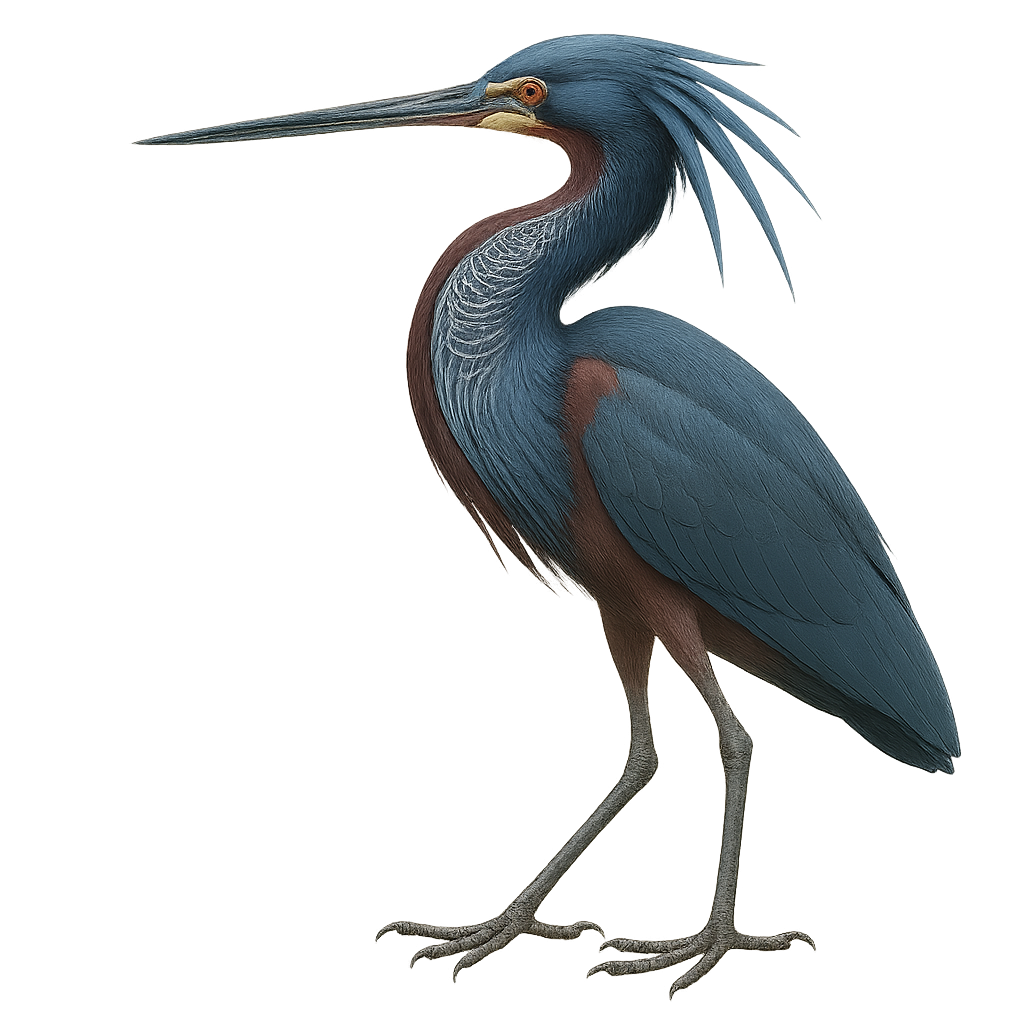Your wildlife photography guide.
Explore the agami heron in detail, study its behavior, prepare your shots.
Where to observe and photograph the agami heron in the wild
Learn where and when to spot the agami heron in the wild, how to identify the species based on distinctive features, and what natural environments it inhabits. The WildlifePhotographer app offers tailored photography tips that reflect the agami heron’s behavior, helping you capture better wildlife images. Explore the full species profile for key information including description, habitat, active periods, and approach techniques.
Agami Heron
Scientific name: Agamia agami

IUCN Status: Near Threatened
Family: ARDEIDAE
Group: Birds
Sensitivity to human approach: Suspicious
Minimum approach distance: 10 m
Courtship display: June to August
Incubation: 26-28 jours
Hatchings: June to September
Habitat:
Tropical rainforests, rivers, swamps
Activity period :
Active at dawn and dusk, ideal moments for observation.
Identification and description:
The Agami Heron, or Agamia agami, is a unique and fascinating heron known for its exceptionally colorful plumage and slender silhouette. This large bird, measuring about 66 to 76 cm in length, sports a plumage with varied hues ranging from deep blue to brown, with metallic reflections. Its neck is long and thin, often folded in an S-shape, and its beak is sharp, ideal for capturing aquatic prey. The Agami Heron is primarily observed in the humid tropical forests of Central and South America, where it frequents rivers and swamps. Discreet and solitary, it is often difficult to spot, preferring to move slowly and silently through dense vegetation.
Recommended lens:
400mm – adjust based on distance, desired framing (portrait or habitat), and approach conditions.
Photography tips:
To photograph the Agami Heron, it's essential to blend into the environment and remain patient. Use a telephoto lens of at least 400mm to capture detailed images from a distance, as this bird is suspicious and prefers to stay away from humans. Focus on crepuscular hours when the bird is most active. A tripod can be helpful to stabilize your camera in the low-light conditions of tropical forests. Be attentive to subtle movements in the vegetation to spot this discreet bird.
The WildlifePhotographer App is coming soon!
Be the first to explore the best nature spots, track rutting seasons, log your observations, and observe more wildlife.
Already 1 430 wildlife lovers subscribed worldwide

